|
It has been about five years since Kim Yaris and I shared "The Prompting Funnel" in Who's Doing the Work? How to Say Less So Readers Can Do More. The premise of the prompting funnel is that, in the moment of supporting a student at the point of difficulty, our biggest work is actually to not do their work for them! Questions and prompts from the top of the prompting funnel require students to do more of the work, while those at the bottom provide heavier scaffolding. Rather than supporting heavily from the moment a student encounters something tricky, we can save the questions from the bottom of the prompting funnel until students have had time to wrestle with the challenge a bit. The original prompting funnel is below. Predictably, my thinking has evolved and my vision for the prompting funnel has expanded since its inception. More specifically, all of the research that Kari Yates and I did as we were writing our new book, Shifting the Balance: 6 Ways to Bring the Science of Reading Into the Balanced Literacy Classroom, made it clear that the last stage of the prompting funnel needed refining. More specifically, the prompts at the bottom of the prompting funnel need to be considered based on the particular problem a student is trying to solve. For example, if a child is trying to figure out a word, prompting them to look at the print and say the sounds--and then check with the context--is the "best practice." On the other hand, if a student is trying to figure out the meaning of a word, asking them to check the context is an important bottom-of-the-prompting-funnel cue. Basically, prompts and cues from the bottom of the prompting funnel may vary based on the challenge, whether with the print or with the meaning. This expanded version of the prompting funnel is below. You can download a bookmark of this updated prompting funnel, here. I offer a full explanation of these revisions to the prompting funnel in the new version of the Who's Doing the Work? Online Class. I would love to have you join me for a deeper dive into this versatile and practical tool. The idea behind the prompting funnel can change the way you scaffold students when they encounter the tricky things that are within their grasp and offer them the biggest opportunities for growth.
0 Comments
In part one of this series, I introduced the following model as a representation of how proficient readers are able to make full use of both the print information and the meaning information in a text. I also described two variations on reading process, which illustrate the ways students may be better at using one or the other source of information.
|
AuthorDr. Jan Burkins is a full-time writer, consultant, and professional development provider. Categories
All
|
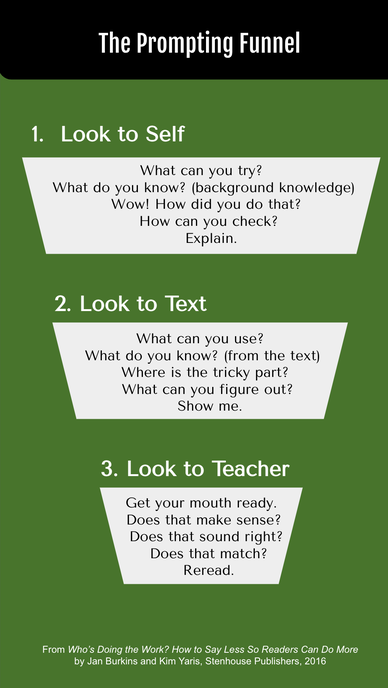
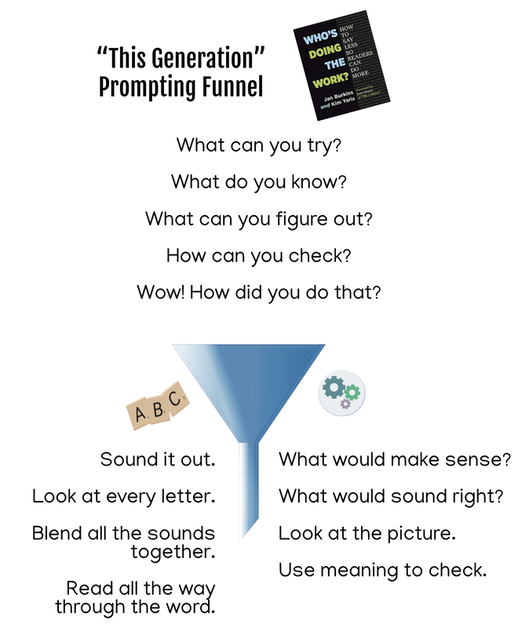
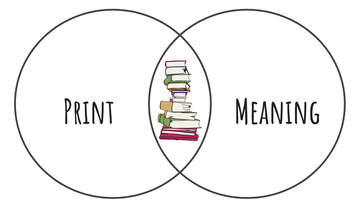
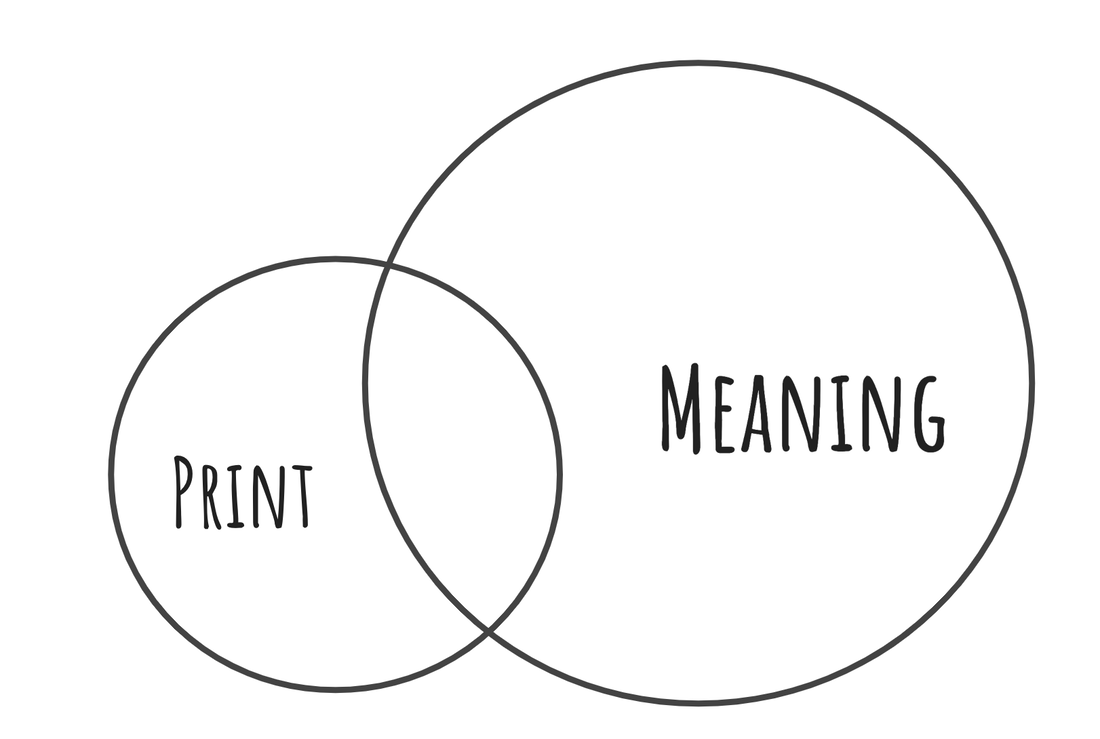
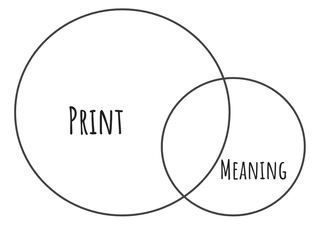
 RSS Feed
RSS Feed